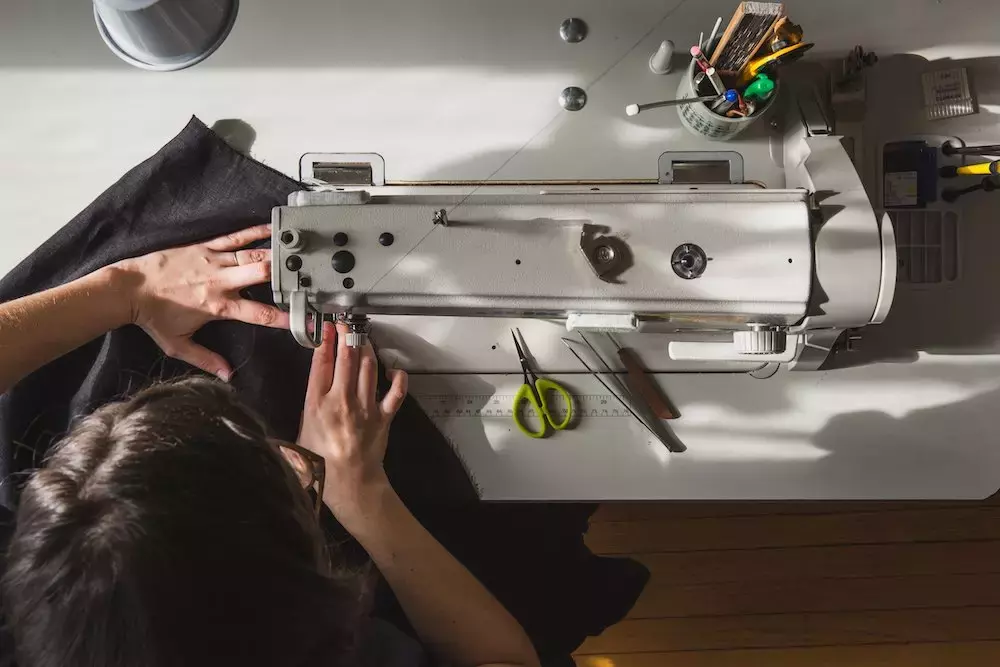Time To Break Out Your Sewing Machine! Here’s a Refresher...
2020-04-27
For many people at home, the sewing machine is a statement piece rather than a piece of equipment that is used on a weekly basis.
Until COVID-19 struck, and many of us turned back to our unused sewing machines as a way to occupy our time.
Whether you’re sewing to spiff up some essential life skills or to keep your hands busy while you’re stuck at home, we here to help!
It doesn’t matter how new or used your machine is or what type you have. Your skill level doesn’t matter, either. If you’ve taken a break from sewing or are completely new, here are some steps to get you started.
Read the Manual
If you have a brand new sewing machine, then you most likely have a lot of additional paperwork that came with it, such as the safety instructions, warranty, registration, instructions, and quick-start guide. What we’re focusing on here is the quick start guide and the instruction manual.
Read through these and pay particular attention to the terms. Even if you’ve used a sewing machine before, you might have an “ahh, those are the feed dogs,” moment.
Stay Safe
First and foremost, read the safety instructions to make sure you are handling your machine correctly. This includes when you are using it, fixing it, or repairing it. When in doubt, unplug your machine.
Safety instructions should not be skipped over.
Advice such as only using particular cleaning products wouldn’t occur to many people, but if your machine needs a specific cleaner to keep it running safely, this can be found in the safety instructions. The oils and cleaners you use may have a drastic impact on your machine or make it unsafe.
To stay say, you want to follow these four basic rules:
1. Always unplug the machine when you’re done.
2. Don’t use a machine with a frayed or damaged power cord.
3. Keep your fingers away from all moving parts.
4. Only use the sewing machine for sewing.
There are many safety guidelines that you should be following, and the best place to start is the safety instructions that came with your machine.
Always work as safely as possible.
Get Familiar with Your Sewing Machine
Before you get started, take the machine apart. Fill a bobbin, twist the handwheel a few times, take apart your bobbin’s home, and put it back together.
Working with your machine will give you the confidence necessary to handle your machine without fear.
Get to know the parts of your sewing machine and the accessories you have on hand. You won’t need a walking foot for every project, but if you have it, you might as well know how to attach it.
Hook Her Up and Set Her Straight
Now let’s get your sewing machine ready to sew. Since you’ve already read through all the paperwork, then you should have a good grasp on how to handle your sewing machine.
Put your sewing machine in order, and put your presser foot in place. Ensure you have all the right pieces, including the right needles and bobbins. Plug in your foot pedal too!
Each brand offers needles that work best with their machine, but you can also start with a universal needle. Always make sure that your needle is right for the fabric you’re using.
To change your needle:
1. Make sure the machine is off
2. Lower the presser foot
3. Use the handwheel to bring the needle to the highest position
4. Loosen the clamp screw
5. Remove the needle
6. Insert new needle
7. Tighten the screw again
After everything is in order, plug in your machine. The power cord is much like other power cords today, where it unplugs at the machine and the wall. Next, you can move on to inserting or changing your needle. Finally, flip on your machine to make sure it’s in working order.





